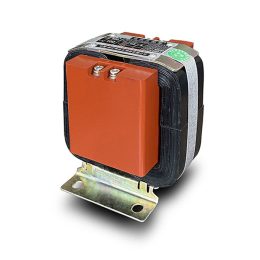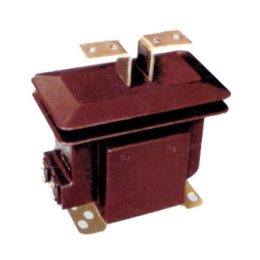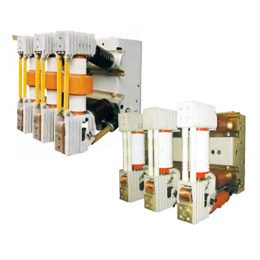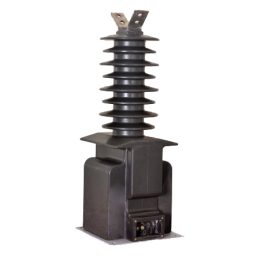Common Fault Handling for Current and Voltage Transformers
2025-03-29
Common Fault Handling for Voltage Transformers
Voltage Transformer Primary Fuse Blown
Symptoms:
- Phase-to-phase voltage decreases or drops to nearly zero, while unaffected phases remain unchanged or slightly decrease. Line voltage may drop when switching faulty phases.
- Power meters and reactive power meters show reduced readings, and energy meters slow down.
- A “Voltage Circuit Break” signal is triggered, and fault recorders may activate.
Handling:
- Shut down the voltage transformer.
- Measure and replace the blown fuse with a spare. If the new fuse blows twice in succession, further replacement is prohibited.
- Check whether the fuse holder’s spring clip has loosened after installing the high-voltage fuse.
Voltage Transformer Body Faults
Symptoms:
- Overheating of the transformer body.
- Discharge sounds or unusual noises from the interior.
- Secondary switches cannot be turned on.
- Secondary voltage may increase or decrease, and grounding signals may be triggered.
- Frequent fuse blowing due to internal insulation damage or inter-turn faults.
Handling:
- Report to the shift supervisor and power down for repair.
- If the transformer catches fire, disconnect the bus power supply immediately and extinguish the fire using a dry extinguisher or sand.
Common Fault Handling for Current Transformers
Secondary Circuit Open Circuit
Symptoms:
- Buzzing sounds from the CT body; in severe cases, it may emit smoke or catch fire.
- Sparking discharge at the open circuit point.
- Inconsistent readings on three-phase current meters, power meters showing reduced readings, or slow/non-rotating energy meters.
- Differential disconnect warning lights activate.
Handling:
- Identify the faulty circuit and its impact on protection. Report to the dispatcher and disable affected protections.
- Minimize primary current load to reduce secondary circuit voltage. Operate on an insulating mat with insulated gloves and tools.
- Short-circuit the secondary terminals near the CT using a high-quality jumper, then locate and fix the open circuit point.
- For internal open circuits, power down the system for repairs.
Zero-Sequence CT Connection Errors
If the cable shield grounding point is behind the zero-sequence CT, reverse the shield line through the CT and ground it.
Tests Before Transformer Operation
- Measure the DC resistance of primary and secondary windings to detect defects like conductor breakage, poor connections, or short circuits.
- Perform ratio testing to ensure accurate primary-to-secondary relationships and relay protection settings.
- Conduct polarity tests to avoid wiring errors, along with excitation characteristic tests for safety factor verification.
- Measure insulation resistance and perform AC withstand voltage tests to identify and address issues like moisture, contamination, and insulation aging.
Related Products:
Documents you may also like:
- Fault Handling Considerations for Current and Voltage Transformers
- Zero-Sequence Current Transformer Protection Principle and Applications
- Common Faults and Troubleshooting of Current Transformers Faults
- Magnetic Saturation in 20kV Voltage Transformers and Its Adverse Effects
- Zero-Sequence Current Transformers vs. Standard Current Transformer
- Causes of 35KV Current Transformer Damage



